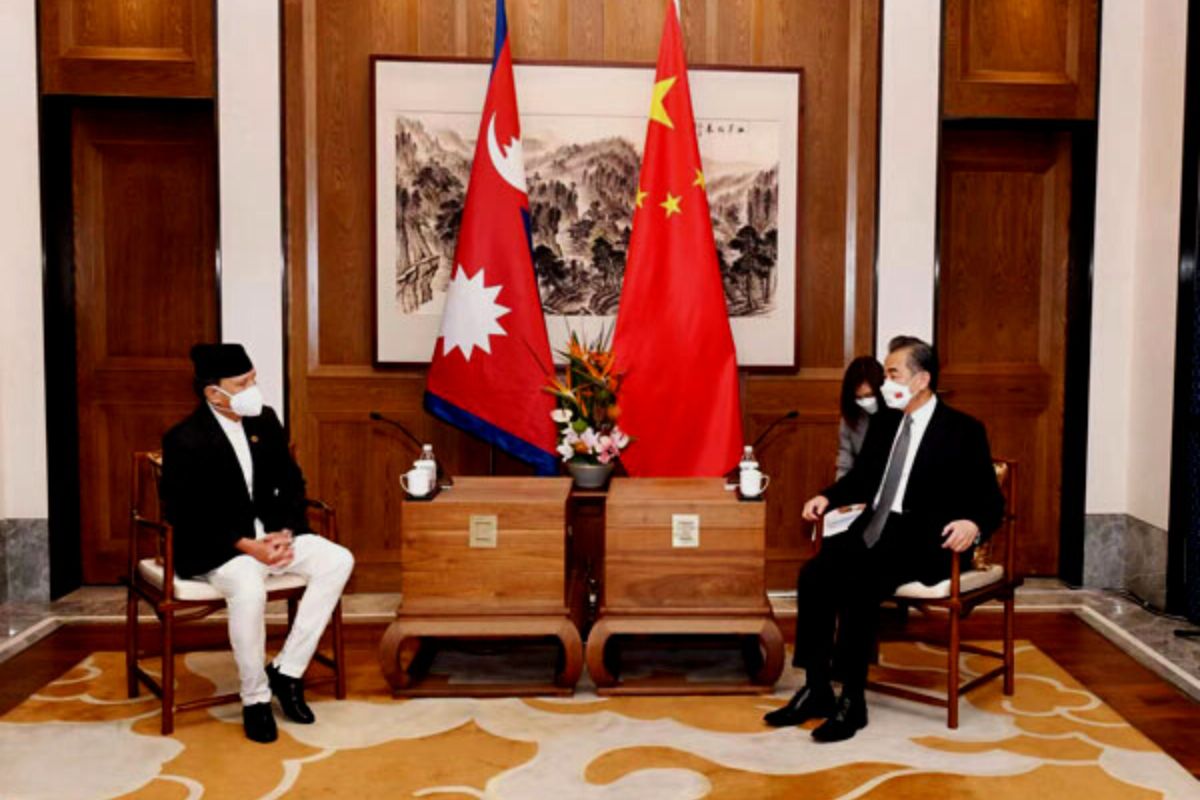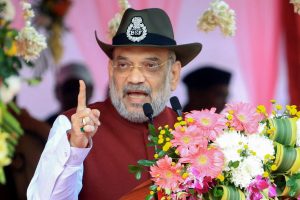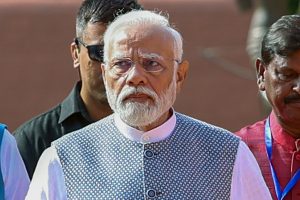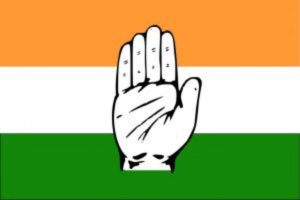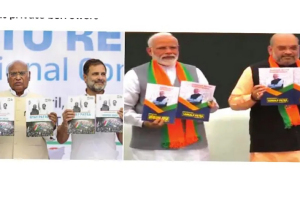At least during peace time, diplomacy is all about gesture, decorum and trust. Or, it is expected to be more so when two closest neighbours meet as friends. But Nepal’s Foreign Minister Narayan Khadka’s three-day sojourn in northern neighbour China that concluded last Thursday somewhat blatantly failed to exude that level of warmth, mutuality and good neighbourliness. What is unbecomingly striking is that Khadka and his Chinese counterpart Wang Yi even failed to come out with a joint communiqué. This signals an array of discords or disagreements on critical outstanding bilateral issues which the visit apparently failed to resolve. The most worrying factor in this evolving facet of ties, as exposed by the two separate press statements, is the diverging priorities of the two parties. Even worse, both parties have tried to portray the visit as “successful” to their domestic audience in furthering their own strategic agenda than to contribute to consolidating bilateralism.
No doubt, Khadka’s visit, that took place at a time when tensions between China and the United States were at their peak following the US House Speaker Nancy Pelosi’s visit to Taiwan, was an important bold step to reassert Nepal’s “non-aligned” foreign policy while dealing with two strategically important global superpowers. In addition, before embarking on the visit, Khadka had written to Washington, DC authorities about Nepal’s unwillingness to pursue the US State Partnership Program (SPP). It was in line with Chinese expectations. But China seems to have failed to appreciate these “gestures” and Khadka too failed to frankly put forward Nepal’s key priorities on the dialogue table in Beijing. Nepal’s first priority was to ensure the opening of two key border points – Rasuwagadhi-Kerung and Tatopani-Zhangmu. Tatopani has remained largely closed for the last seven years after the 2015 earthquake and Rasuwagadhi since the outbreak of the Covid-19 pandemic in 2019.
Although the press statement by the Nepal Embassy in Beijing claimed that the two foreign ministers agreed to open these two border ports for two-way trade, even the limited amount of trade that was taking place through these points was completely halted by China even before Khadka landed in Kathmandu after returning from Beijing. No matter what the excuses are, it appeared as if China wanted to send an entirely different message to Nepal in contrast to orchestrated platitudes and pleasantries during the visit. The second concern for Nepal is its swollen trade deficit with China. In the last fiscal year ended July 15, Nepal’s trade deficit with China stood at Rs 264 billion. In the whole year, Nepal could export goods worth only Rs 809 million. Thus, China’s exports to Nepal are almost 328 times higher compared to shipments in the other direction. Of course, Nepal has very limited items to export, but the deficit is also alarmingly exacerbated by incessant hurdles created by China for Nepali traders at the border crossing points.
Khadka’s delegation doesn’t seem to have taken up this issue with its due weightage. The third outstanding issue is resolving the newly emerged instances of boundary disputes and reactivation of the Joint Boundary Committee. In the first place, China did not seem to recognise the dispute as a live “issue” as the Chinese press statement conspicuously missed it; and the second, the proposal to form yet another technical committee just to make the existing committee functional only appears as a deliberate prevarication. There are other pressing issues for Nepal. Six passenger aircraft bought from China in 2016-17 by state-owned Nepal Airlines Corporation have been totally grounded since 2020 due to their higher operation cost than their revenue potential.
The national flag carrier is clueless about what to do with them as they have no resale value. But the Nepal government is forced to repay the loans raised against their purchase. What the key (political) consideration was to buy the planes without doing a proper calculation of return on investment remains another enigma. Similarly, negligence and cost overruns in projects bagged by several Chinese contractors have become a major nuisance in Nepal’s public works. It is not clear whether the Nepali delegation duly raised these issues with their Chinese counterparts. The Chinese statement reads, “Nepal… thanks China for supporting Nepal in safeguarding national sovereignty and territorial integrity.” Is it really the case? If so, Nepali authorities should also make it clear when exactly Nepal’s sovereignty and territorial integrity were in danger and she sought Chinese support to safeguard them. Unlike the Nepali press statement, it mentioned that the two sides agreed to formulate an implementation plan to construct the Belt and Road Initiative (BRI). It is apparent that the about Rs15 billion grant promised by China would be disbursed under the umbrella of the BRI framework.
No doubt, Nepal also needs to make its stand on the BRI unequivocally clear since she signed it in May 2017. Merely skipping to mention it in the press statement is not at all a solution, but rather it could be a cause for misunderstanding. One may argue that Chinese diplomacy vis-à-vis Nepal has seen a striking difference in its dealings with the communist-led and Congress-led governments in Nepal. It may also be substantiated given the intensity of engagement of Nepal’s communist parties with the ruling Communist Party of China. But at the nationstate level, Nepal’s key concerns, to repeat, smooth operation of the Tatopani and Rasuwagadhi border crossing points, resolution of border controversies and support to reduce the trade imbalance, among several others, have remained equally unheard by Beijing regardless of the ideological hue of the regime in Kathmandu.
Instead, China has very persistently pushed its agenda with all its might akin to a global superpower when it comes to containing Nepal’s interactions with the international powers that are competing with China to extend their respective spheres of strategic influence. In light of all this, a key question here is: Is China trying to reset its entire gamut of ties with Nepal in tandem with its newfound status of a global superpower, departing from the conventional premise of an “ageold, non-interfering, trustworthy and equally sovereign” closest neighbour? Its latest demeanour confirms this hypothesis.

